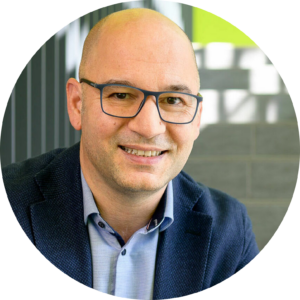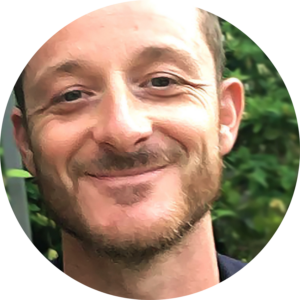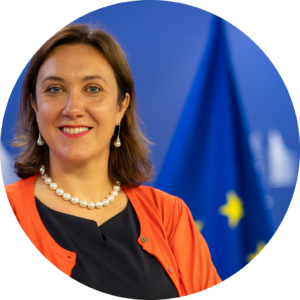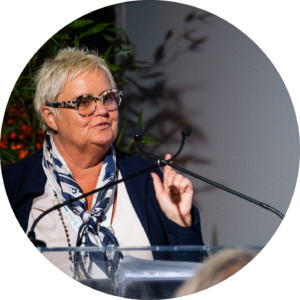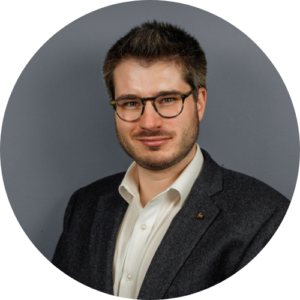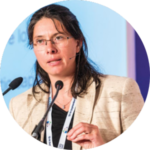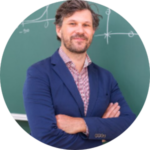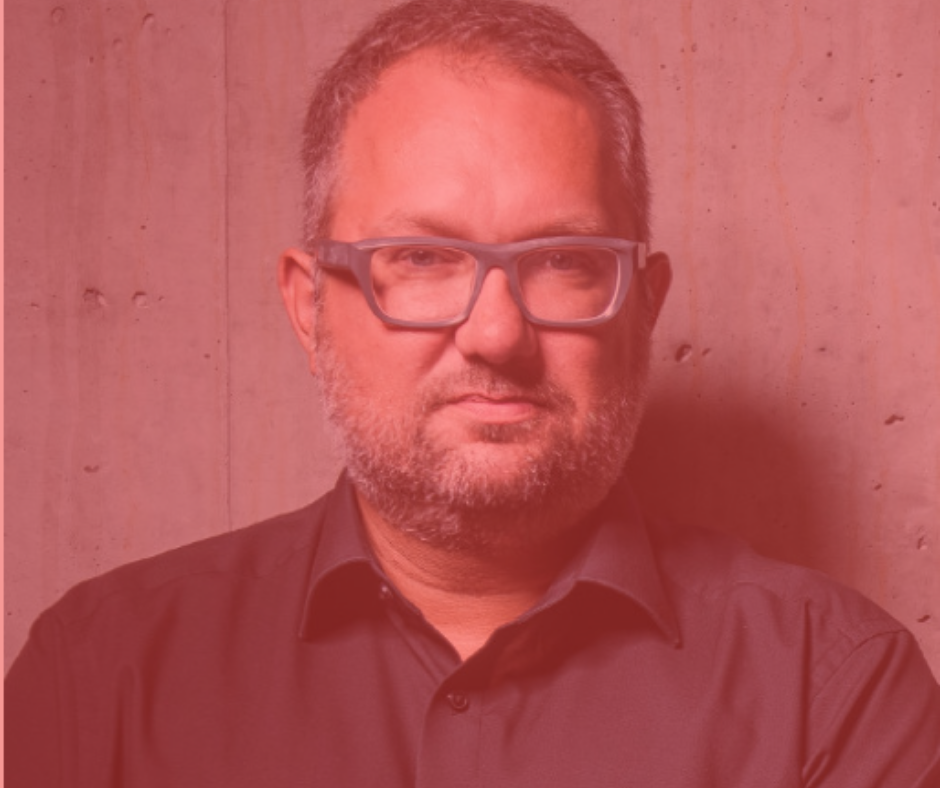10:00 - 11:15 - BREAKOUT SESSION
—
Creative interventions at the interface of neuroscience and artificial intelligence
In 2017, more than 300 million people worldwide were estimated to suffer from brain disorders, imposing an economic burden of nearly 900 billion EUR in patient care. Therefore, the urgent need of the hour is to identify creative interventions to heal the brain and cure the mind. The goal of this breakout session is to bring together a world-leading group of panelists to discuss creative interventions and the interface of neuroscience and artificial intelligence to identify therapeutic treatments for brain disorders.
Srikanth Ramaswamy is an assistant professor at Newcastle University where he directs the Neural Circuits Laboratory. His laboratory employs multidisciplinary approaches at the interface of theory and experiments to understand how neuromodulatorry systems shape learning and cognition in neocortical circuits. He aims to identify the organising principles underlying the functional logic of neuromodulatory systems to inform deep learning models. He is also a Picower Visiting Professor, Marie Curie Fellow and Fulbright Scholar at MIT. He is a passionate advocate of diversity, equity and inclusion and is the chair of the promotion of diversity task force in the ALBA network.

Zeljka Krsnik is an Associate Professor of Neuroscience at the School of Medicine University of Zagreb at the Scientific Centre of Excellence for Basic, Clinical and Translational Neuroscience, Zagreb, Head of the Laboratory for Neurogenomics, Head of the Laboratory for Digitalization of the Zagreb Human Neuroembryological Collection, as well as Assistant Director of the Croatian Institute for Brain Research. Her main research focus is to understand the molecular and cellular mechanisms, as well as cortical connectivity development of the human cerebral cortex. Previously, she was a postdoctoral associate at Yale University and, in addition, a member of BrainSpan Consortium. In 2013 she was awarded with the International Brain Research Organization (IBRO) Return Home Fellowship Award. In 2018 she was appointed as a Chair of the IBRO Alumni Committee and currently she is the Chair of the Young IBRO (International Brain Research Organization) and a member of IBRO Executive Committee. In addition, she is a Board member for Neuroscience and Brain Disease at the Croatian Academy of Sciences and Arts. Since 2018 Zeljka Krsnik is a member of an ALBA Network Board of Directors, with the mission to foster equity, diversity and inclusion in brain sciences across the world.

Marcus Kaiser is a Professor of Neuroinformatics in the University of Nottingham, working on computational approaches to inform diagnosis and interventions for brain network or connectome disorders. His research interest is to develop novel ways for brain stimulation, informed by neuroimaging and computer models, to improve cognition in health and disease. He actively promotes the use of simulations and models in the areas of computational neurology and computational psychiatry. His current work is focused on predicting the effects of brain stimulation, either invasive approaches such as optogenetics or stimulation through implanted electrodes or non-invasive approaches such as focused ultrasound stimulation. For this, he uses a combination of techniques from machine learning and network analysis to computer simulations. The aim is to improve the treatment of brain disorders and mental health conditions.

Javier DeFelipe is the director of the Laboratorio Cajal de Circuitos Corticales, Universidad Politecnica de Madrid and of the Laboratorio de Microorganización de la Corteza Cerebral, Instituto Cajal, CSIC. His laboratory is involved in the development of a variety of software tools to classify neuronal cell types and to examine the anatomical design (neuronal morphology and synaptic organization) of brain circuits. His interests are to study the history of our current understanding of cortical organization and function. In particular, he is interested in the roots of cortical histology and circuitry. He is also fascinated by the link between the study of the brain and art and has been involved in organizing and curating numerous exhibitions around the world. He has written several articles, chapters and books on both this subject and the influence of Santiago Ramón y Cajal in modern neuroscience.




















































